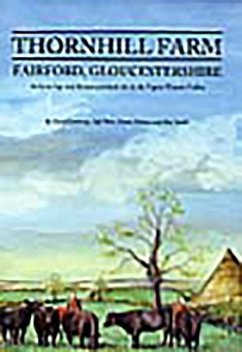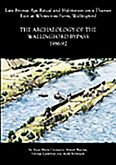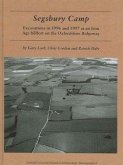For over 500 years, from the middle Iron Age to the early Roman period, the 1st gravel terrace of the river Thames at Thornhill Farm appears to have been lived in and worked as a cattle ranch. Extensive excavations by Oxford Archaeology between 1986 and 1989 revealed large parts of the settlement, including paddocks, stock enclosures and droveways, all designed to control and manage the herds of animals. Evidence for domestic houses points to small family groups living at the site and tending to the livestock. The surrounding gravel terraces and floodplain would have formed open pastureland, upon which lay a number of other settlements, some of which were also operating specialist pastoral economies. The settlement at Thornhill Farm was constantly being developed and remodeled until the early 2nd century AD, when it was replaced by a series of trackways and some of the earliest hay meadows in Britain. What happened to the inhabitants of Thornhill Farm at this time is unknown, but it seems likely that the whole settlement was subsumed into a larger agricultural estate based at neighboring Claydon Pike. The excavations at Thornhill Farm formed part of a coordinated archaeological response to the threat posed by gravel extraction during the creation of the Cotswold Water Park. This book presents the results of this phase of work, and discusses the significance of the site within the local and regional landscape.
Hinweis: Dieser Artikel kann nur an eine deutsche Lieferadresse ausgeliefert werden.
Hinweis: Dieser Artikel kann nur an eine deutsche Lieferadresse ausgeliefert werden.








